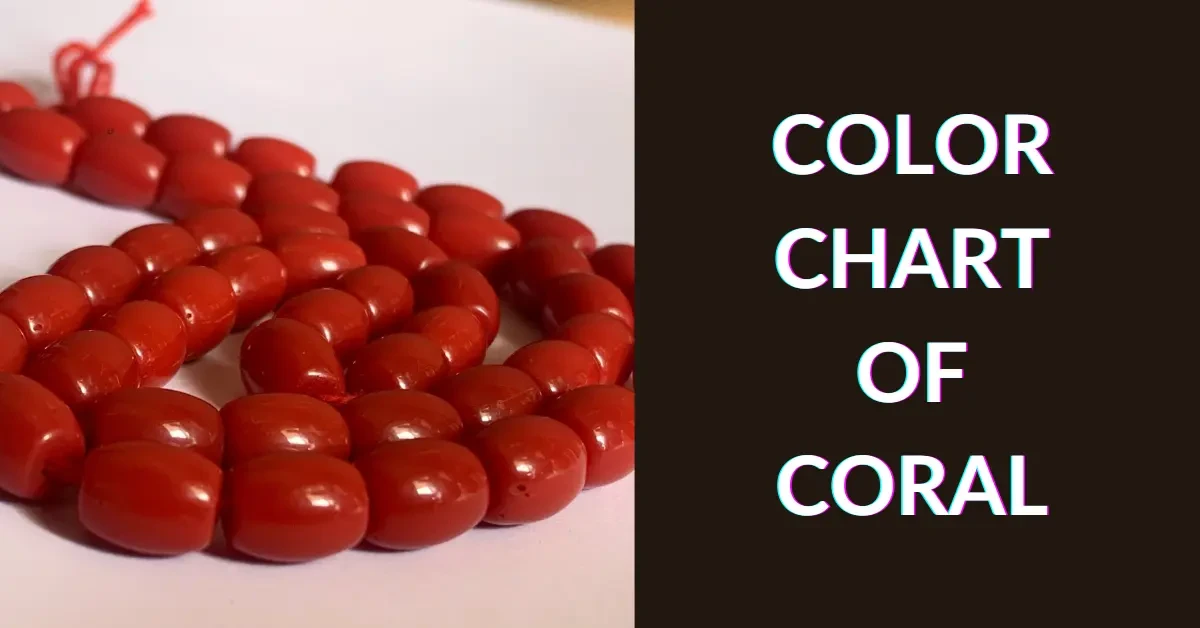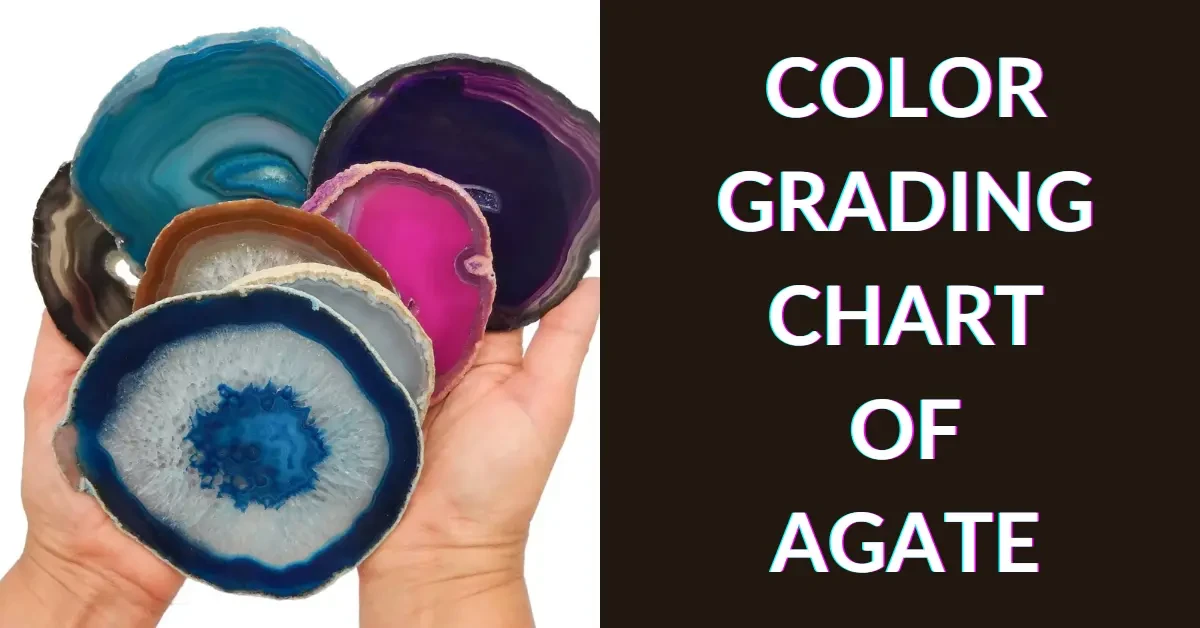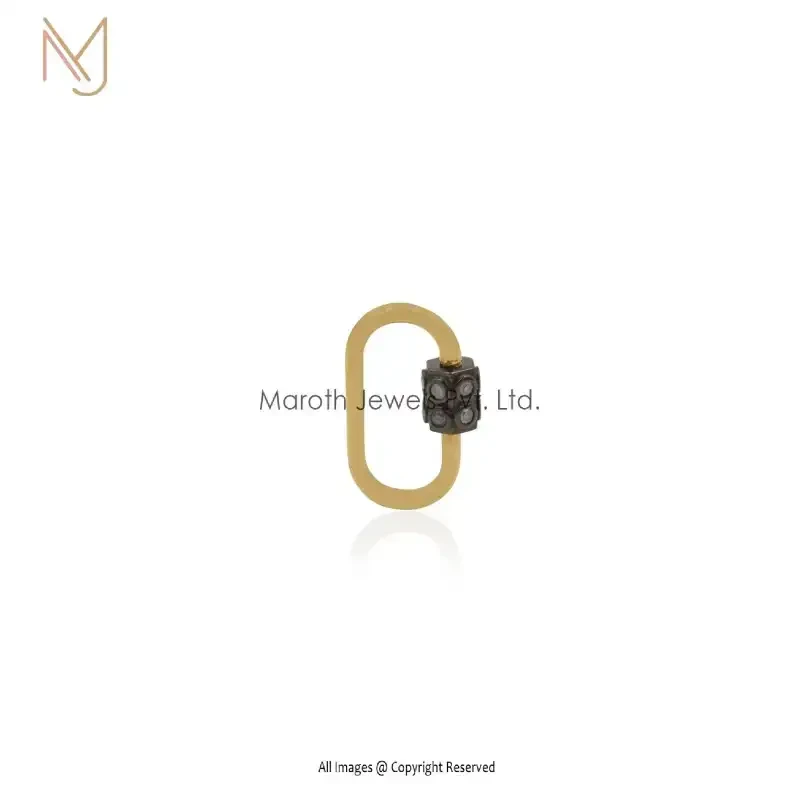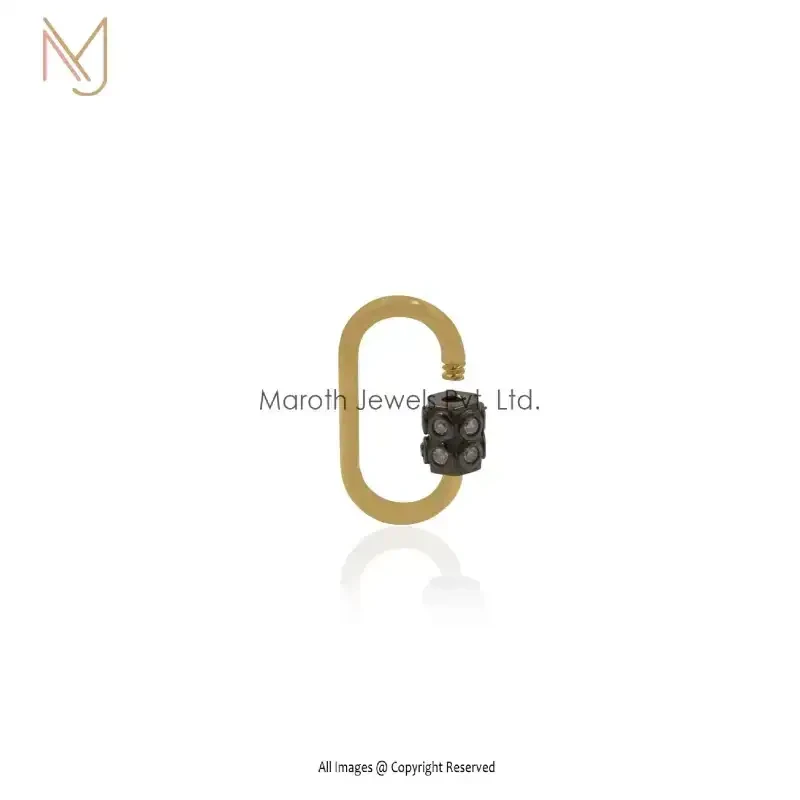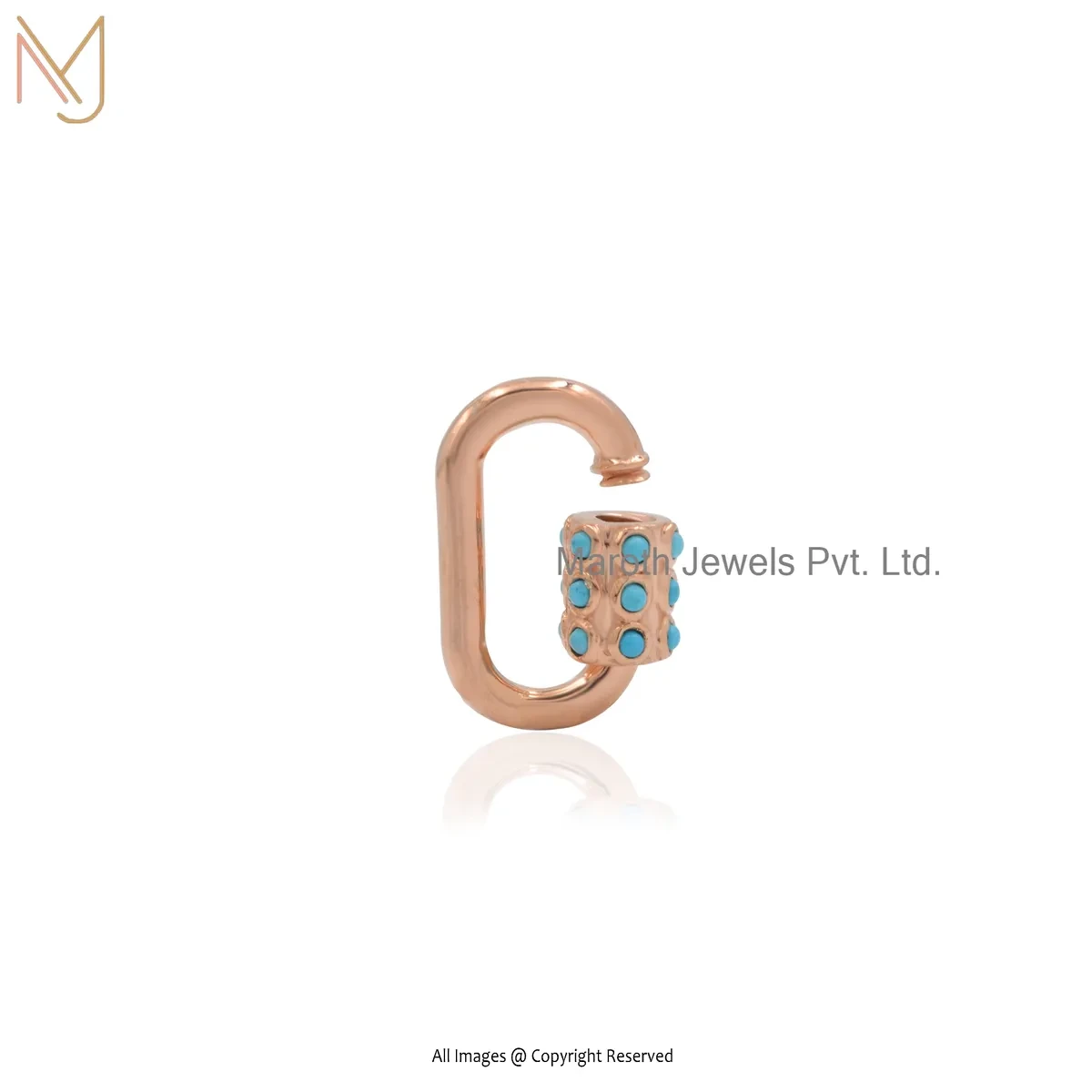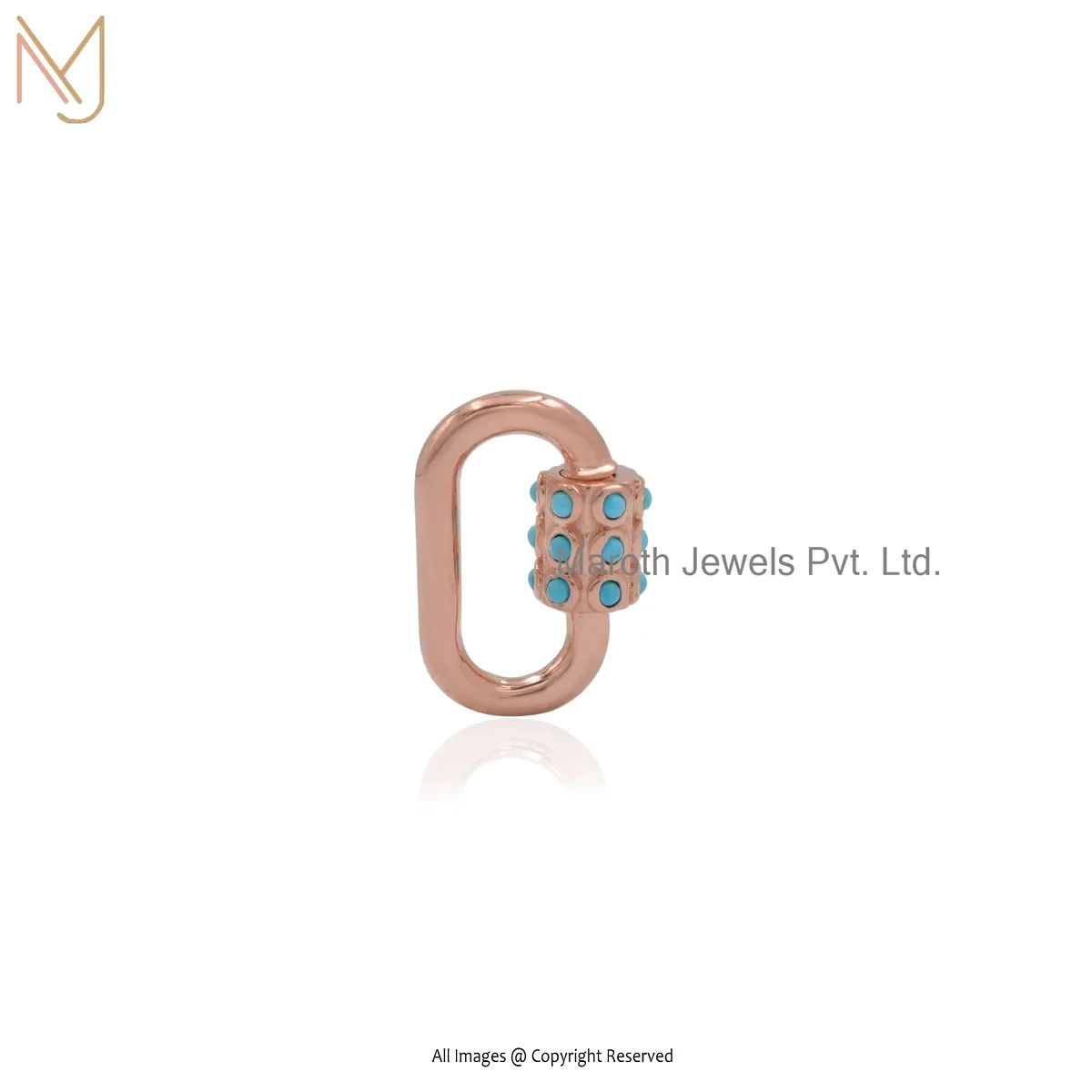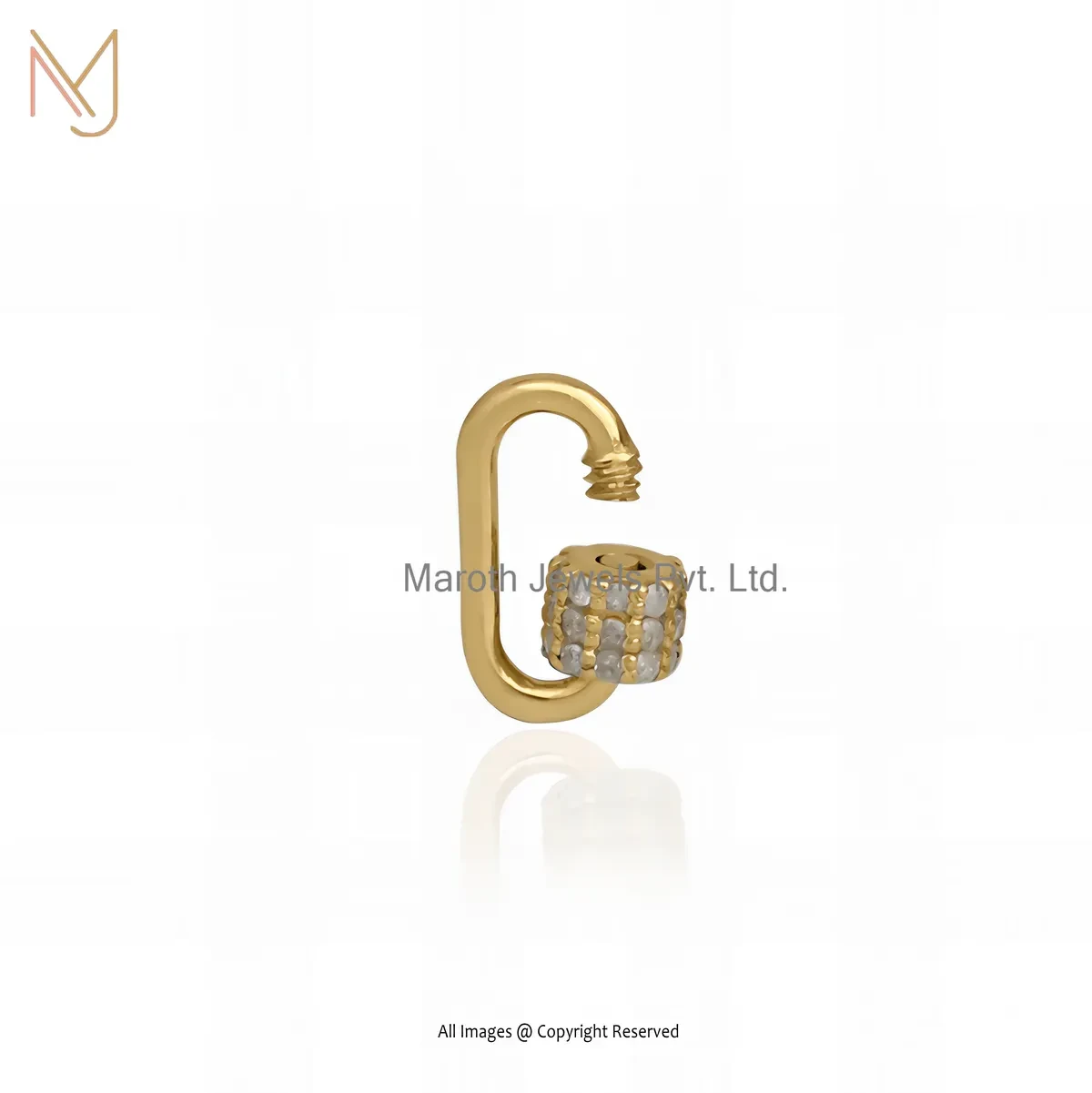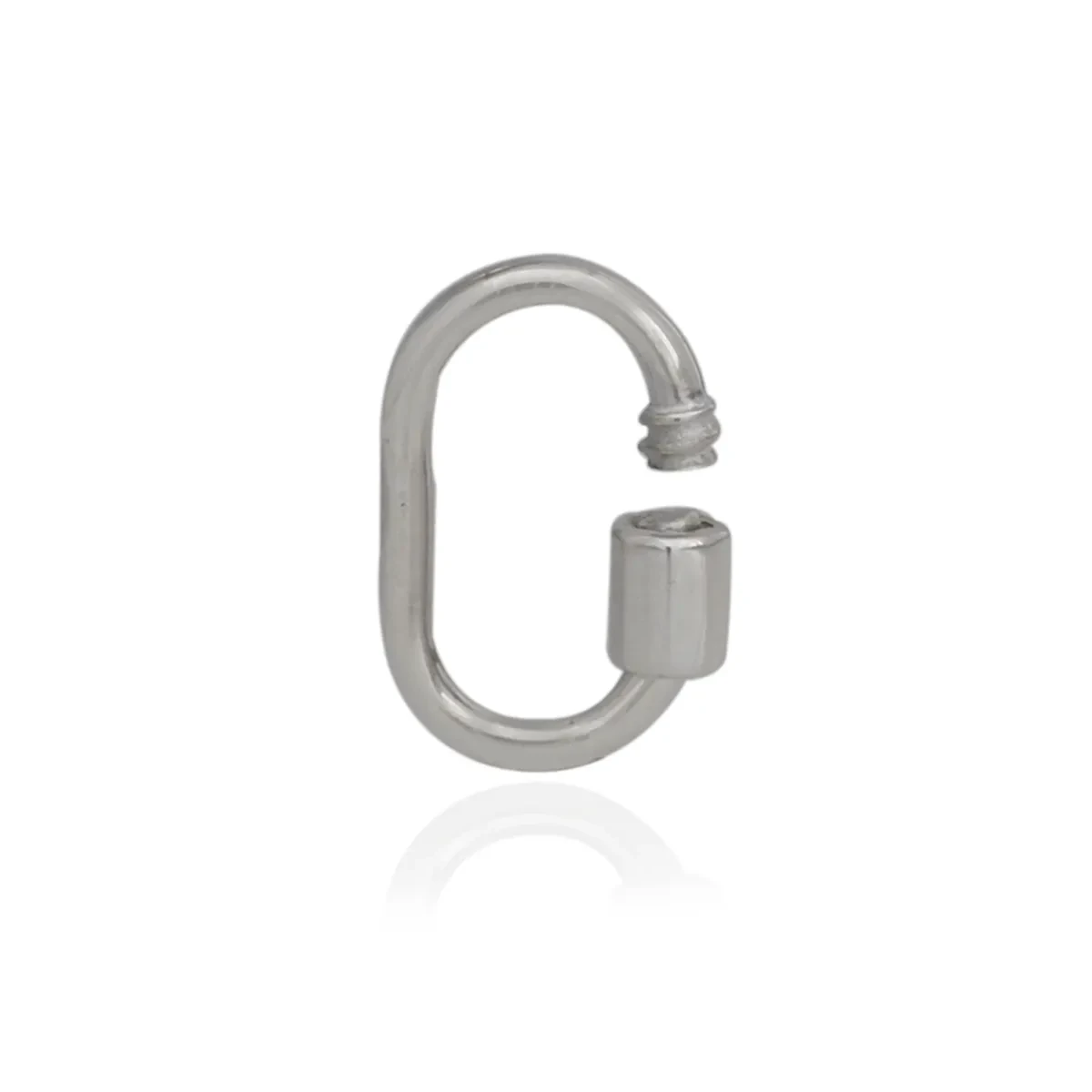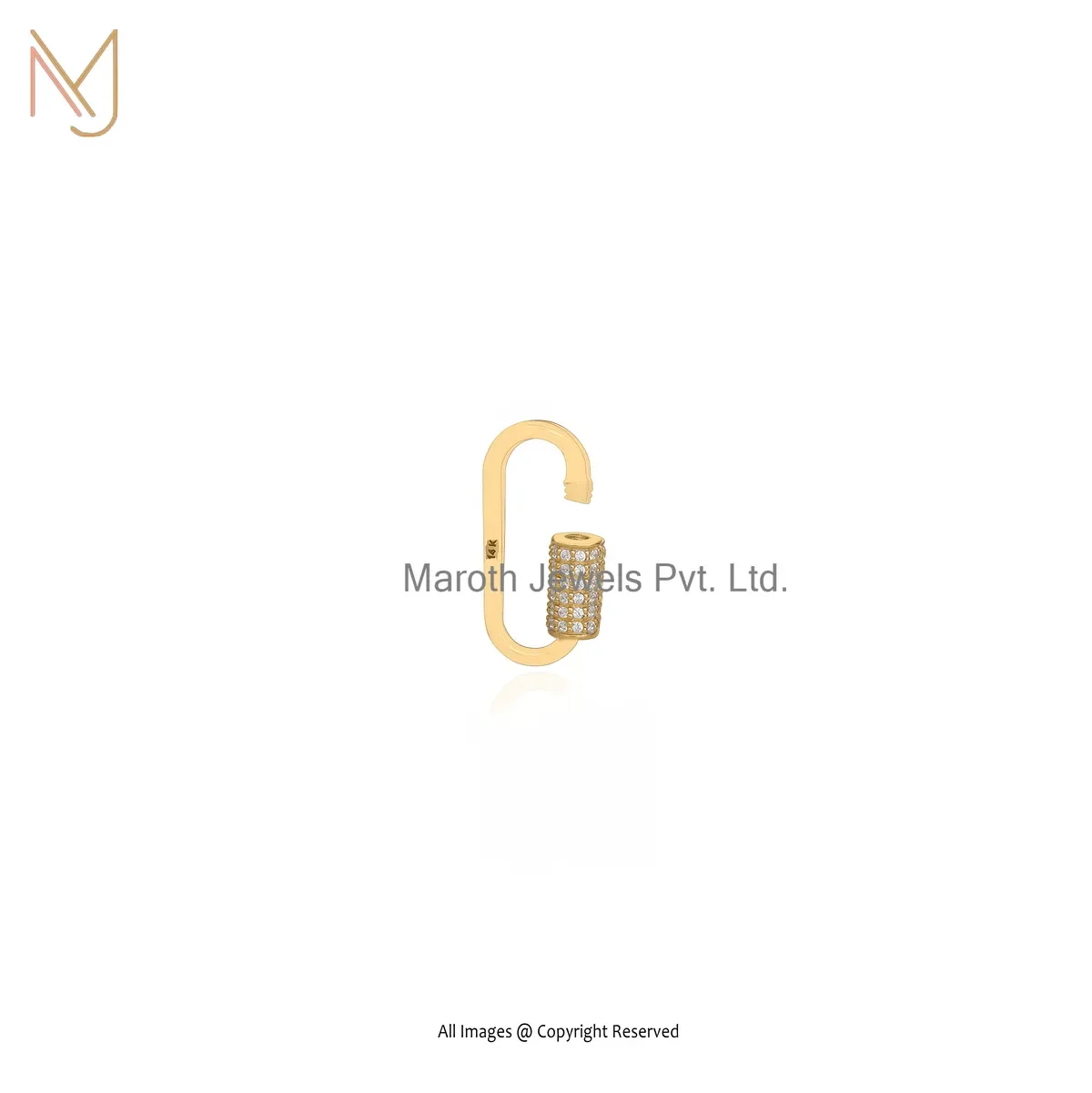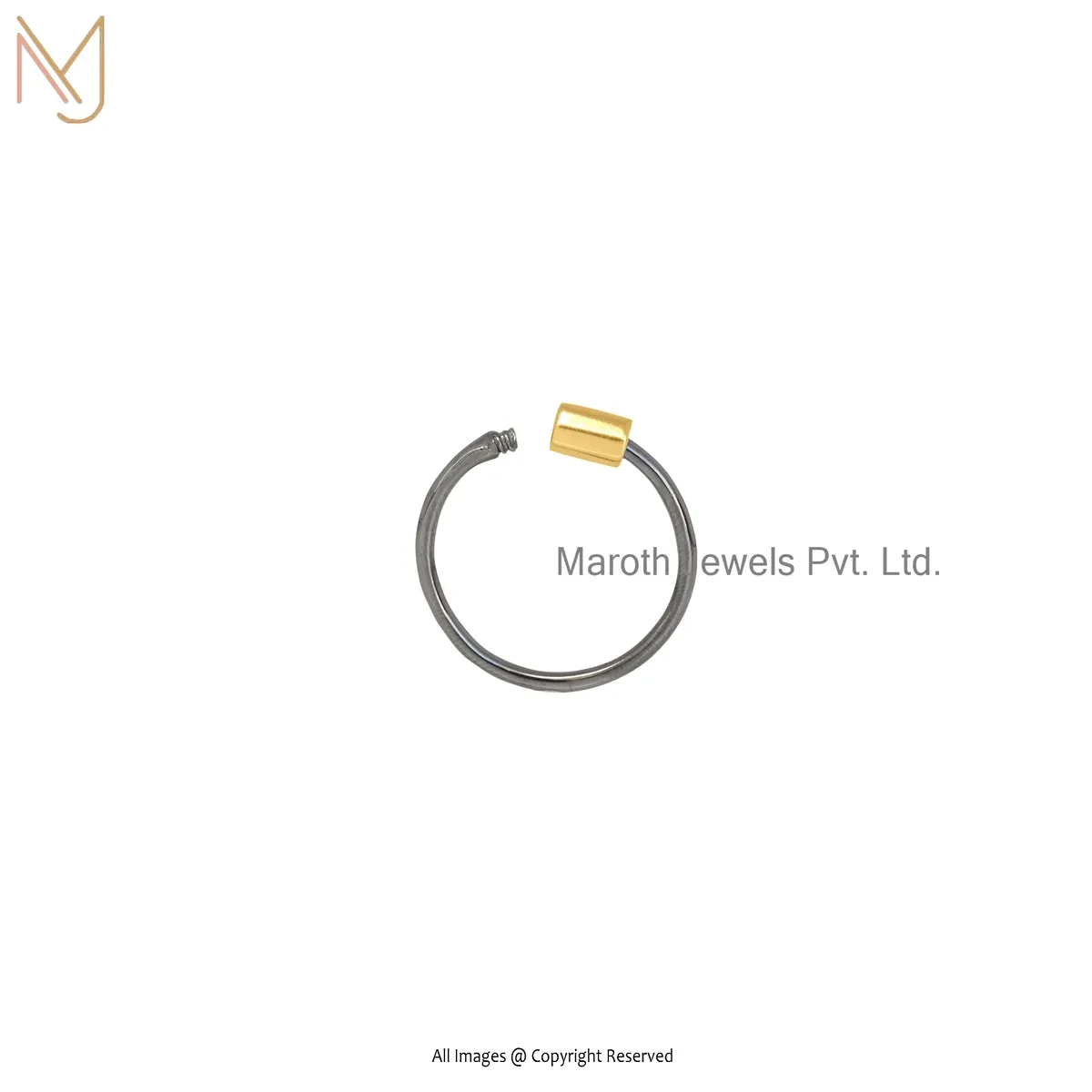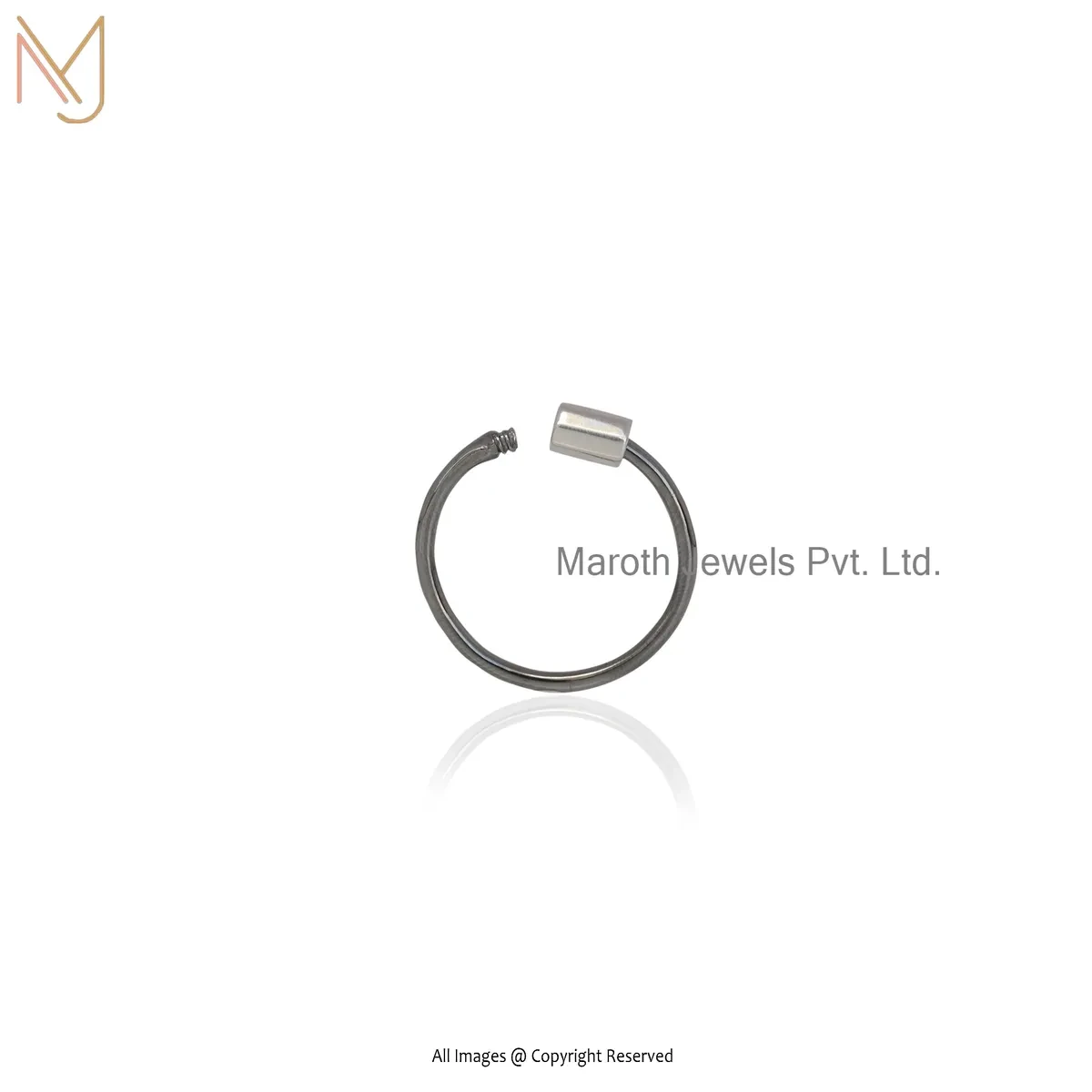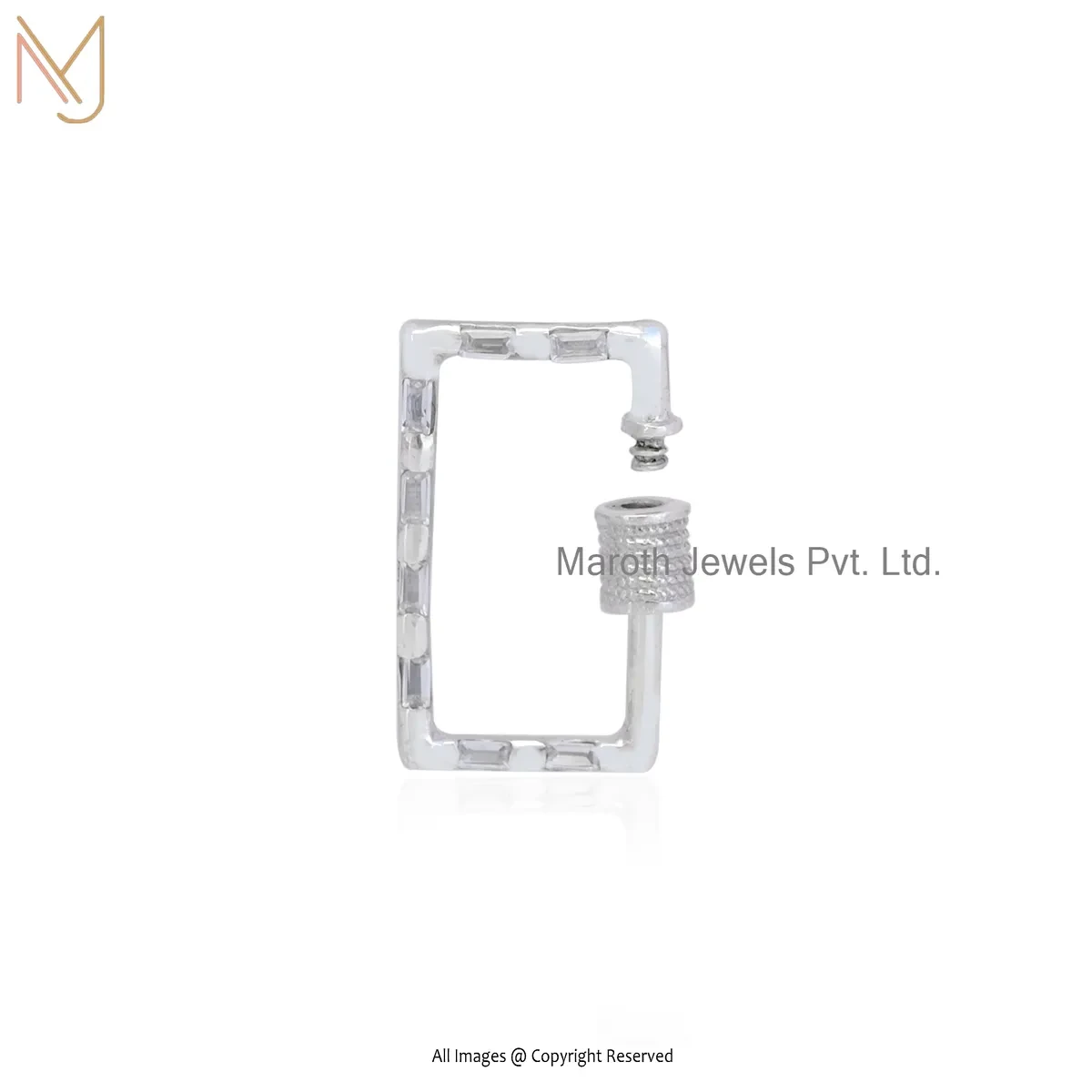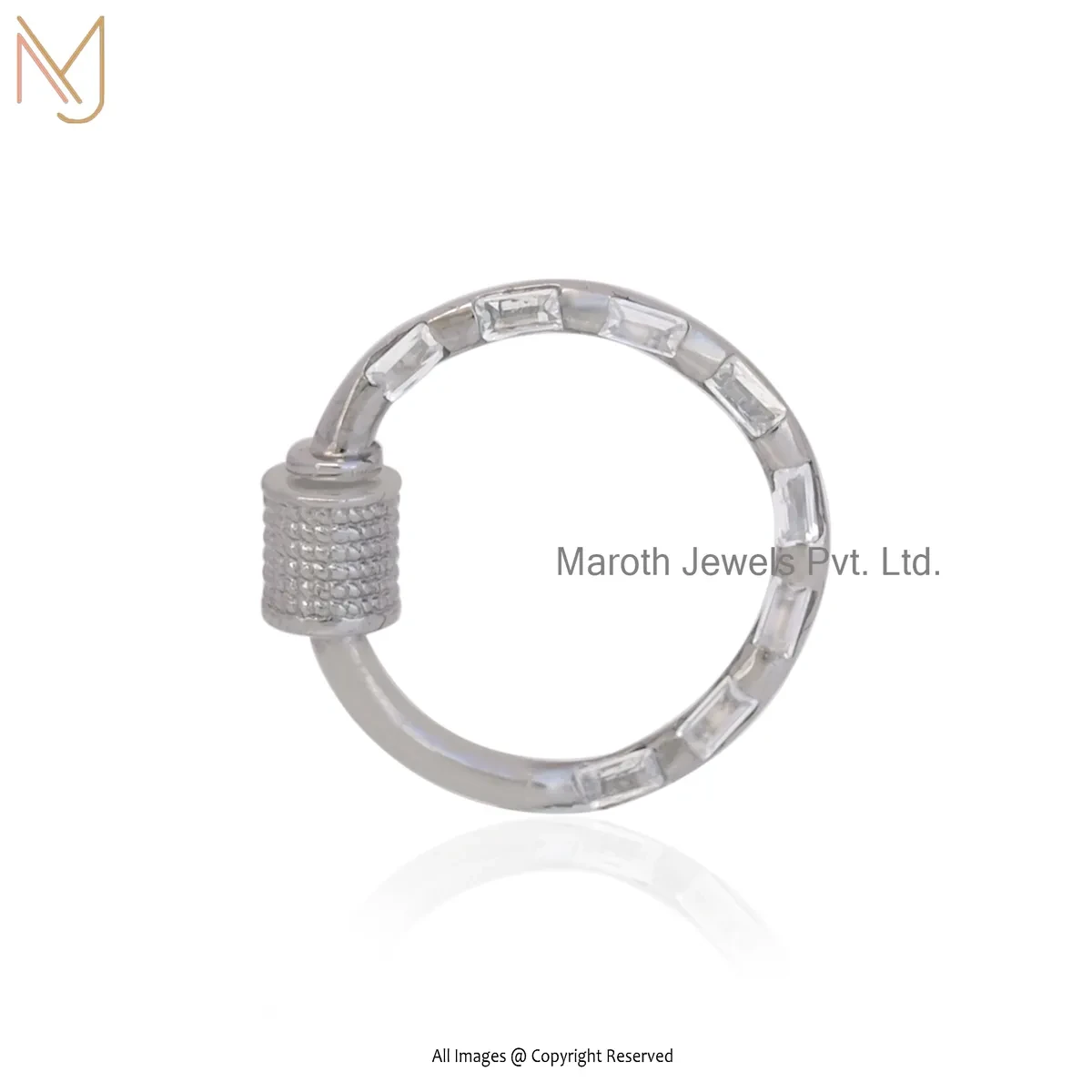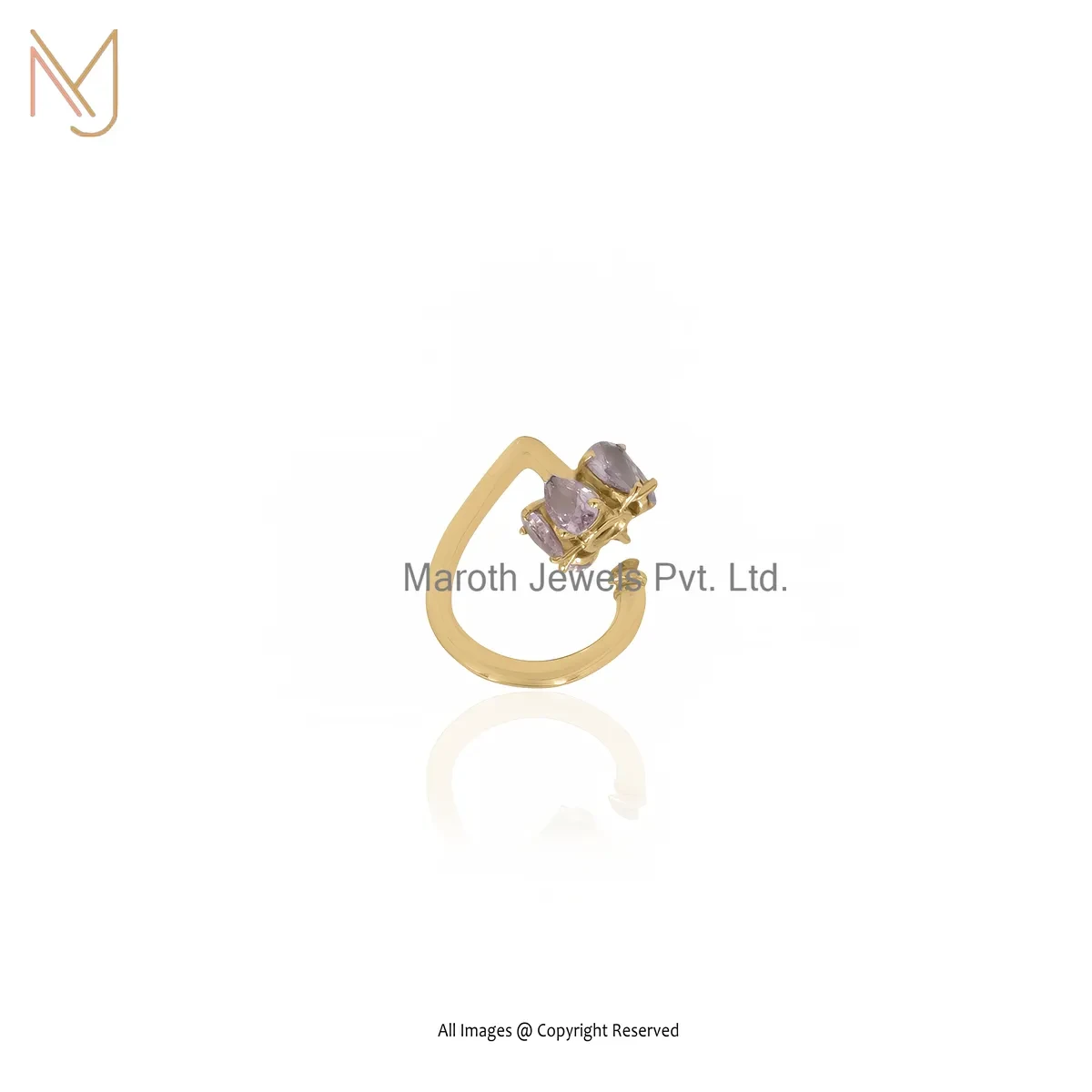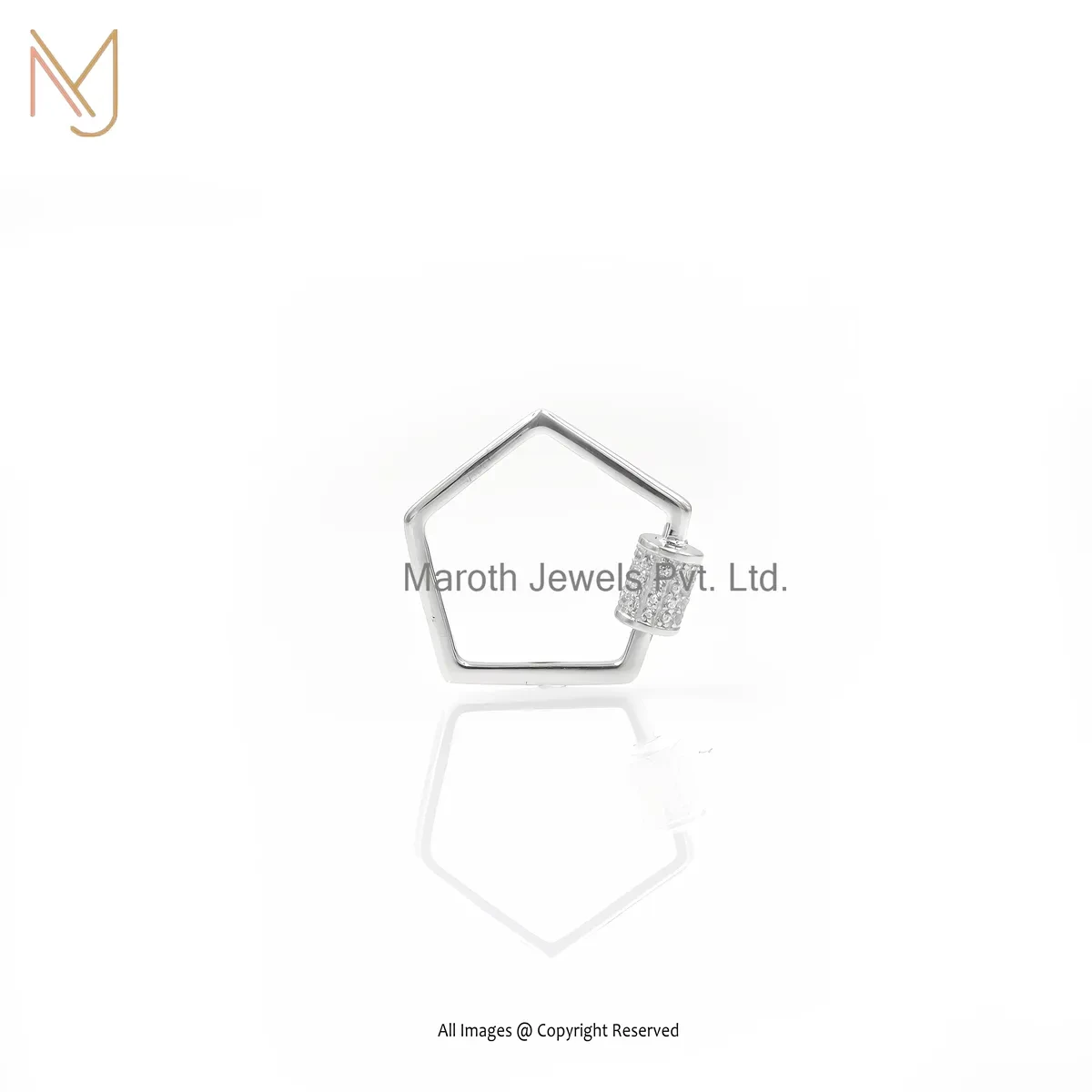Color grading chart of Citrine
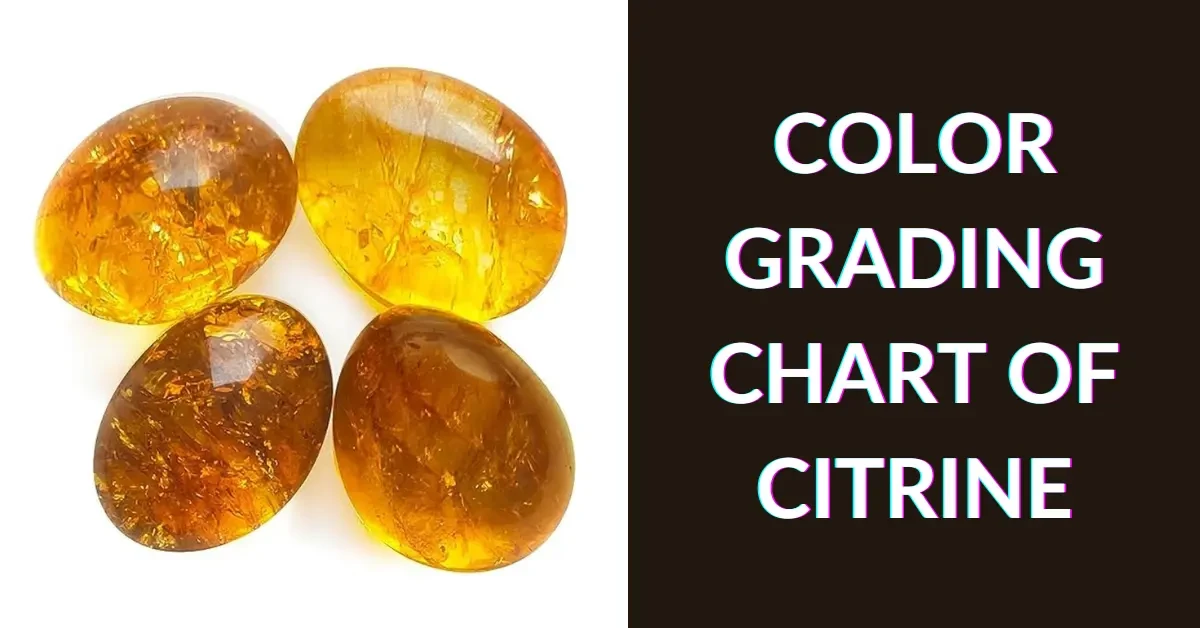
Color grading chart of Citrine
Gemstone color grading is a necessary element of evaluation and appreciation of the stone. It is a complicated procedure and it entails the evaluation of diverse qualities of the color of a gem stone. To learn about a gemstone and be able to use it with educational purposes on a gemstone site, it is crucial to grasp the fundamentals of the color grading chart. Citrine Color grading chart usually considers three main things: Hue, Saturation and Tone.
Basics of Color Grading
One of the most important factors of determining the value and beauty of gemstones is color. It is what makes the eye fascinate and distinguishes every gem. It is important to know the fundamentals of color grading by both a gemologist and a jeweler as well as an enthusiast. We shall discuss the basic color grading of gems:
Hue
Definition: Hue is the fundamental color of the gemstone. Simply put, it is the color that comes to your mind whenever you look into a gemstone.
Color diversity in Gemstones: Gemstones may have diverse color including red, blue, green, and yellow among others.
Grading: The colour is normally graded on its purity or intensity. An example is that a ruby would be judged based on the rate at which the color is similar to red.
Saturation
Definition Saturation or color intensity or chroma is the degree to which the color is vivid or intensive.
Saturation Levels: The scale will be between dull or washed out (low saturation) to vivid or bright (high saturation).
Upon assessment in Gemstones: The color of a gemstone has to be very saturated, and it would be considered to be more valuable than a gemstone of the same color with less saturation.
Tone
Definition Tone is the translucency or opaqueness of the color of a gemstone.
Scale of Tone: The scale varies between very light and very dark.
Significance in Evaluation: The best tone depends on the kind of gemstone. As an illustration, sapphires are usually the most sought-after medium and medium-dark colors, whereas opals are appreciated in a variety of color, based on the type and play of color.
Adoption of the Color Grading Chart
Standard Charts: A few gemological organizations have come up with standardized color grading charts. These charts can be of use in developing a more objective method of color grading which is subjective in nature.
Stability and Education: The grading of colors is a consistent process, which involves training and experience since the movement of a gemstone in its value, even by a small margin can be great.
Color Perception The influencing factors
Lighting Conditions: Gemstones may show different colors in different lighting (e.g. sunlight vs. interior lighting).
Personal Perception: It may be personal color perception which is a little different across individuals.
Use in Gemstone Trade
Buying and Selling: The color grading plays a very crucial role in the purchase and selling of gemstones.
Consumer Education: Educating consumers on the issue of color grading assists in making wise purchasing choices.
To grasp the fundamentals of the color grading chart is essential to any person in the gemstone market, whether it is industry participants or collectors and enthusiasts. The Color grading chart of Citrine presents a system of assessing the beauty and value of gemstones in accordance with the most stunning property: color.
The Citrine Color Spectrum
Citrine is praised because of its superb color gifts, which consists of a palette of golden colors that reflects the warmth of the sun. This natural color is a given variety in citrine and contributes to the beauty of the gem stone and its appeal as a very varied and beautiful material. We will focus on the alluring citrine palette.
Pale Lemon and Canary Yellow
Lightest Shades: The citrine color range starts with the palest shades, and looks like the pale glow of a lemon or the brightness of the plumage of a canary.
Transparency: These are generally transparent light citrines which leave light to pass through them, and as a result, have a radiant and luminous effect.
Ct. Madagascar No Enhancement Yellow Citrine..
Ct. Madagascar No Enhancement Yellow Citrine
Golden Honey and Sunny Yellow.
Middle Tones: The citrines keep shifting towards the right and light up to a sunny yellow which is reminiscent of a sunny summer day. This mid range has variations such as golden honey and yellow of the sun.
Warmth and Radiance: These citrines are warm and radiant and thus they are mostly used in jewelry making when a jovial and lively appearance is needed.
Ceylon (Sri Lanka) No Enhancement Yellow Citrine.
Ceylon (Sri Lanka) No Enhancement Orange citrine 84.89 Ct.
Amber, Honeycomb, and Whiskey
Darker and Richer Hues: The citrines then shift into a darker and more richer shade, and they start to look like amber, honeycomb, and even warm whiskey tones.
Contour: The color of these citrines is great and mesmerizing, and most times they have a mesmerizing light play in the gem.
Ct. Madagascar No Enhancement Orange Citrine.
Brazil Heat Treated Orange Yellow Citrine 17.43 Ct.
Smoky Brown and Smoldering Orange.
Dark and Dramatic: The darker and more dramatic forms of citrines as a colour spectrum ends with darker tones of the colour, as the citrines appear smoky brown or smouldering orange.
Exclusive Beauty: These citrines possess very distinct beauty where they are likely to bring the nature of autumn and bring a bit of high-end fashion to the pieces of jewelry.
44.23 Ct. Citrine from Brazil
29.67 Ct. Citrine from Brazil
Natural and Heat Treated Citrines.
Natural Variation: It is worth mentioning that such a color scheme as citrine can be natural with different concentrations of impurities of iron. Nonetheless, amethyst and smoky quartz are usually heat treated in order to obtain citrine which has more palatable colors.
Improvement: The heat-treated citrines tend to be more homogenous and rich in color, and are therefore popular in the commercial world.
Personal Preferences
Endless Possibilities: The plethora of citrine color palette presents an unlimited number of choices to the jewelry creators and buyers to select the one which best speaks to their personal preferences.
Flexibility: You want the sunny yellows, the dark ambers, the smoky browns, it doesn't matter; citrine is extremely versatile and can suit a variety of styles and clothes.
Caring for Citrine
Citrine is not that difficult to maintain. Warm soapy water and a soft is the best method of cleaning these stones using a brush. But citrine can be washed in an ultrasonic clean provided that it is not colored or broken. A citrine gemstone should never be taken to a steam cleaner since it should not be subjected to high levels of temperature.
Recent Posts
A Comprehensive Guide to Stud Earring Sizes
Are Men’s Ring Sizes the Same as Women’s?
Pricing Chart of Turquoise Gemstones
Pricing Chart of Kunzite
Pricing Chart of Garnet
Quartz Durability and Hardness
Color Grading Chart of Moonstone
Color Chart of Coral
Color grading chart of Agate
Related products
14K Yellow Gold Rhodium Pave Diamond Carabiner Lock Manufacturer
925 Silver Rhodium Yellow Gold Plated Pave Diamond Carabiner Lock Manufacturer
14K Yellow Gold Blue Sapphire Gemstone Carabiner Lock Jewelry Manufacturer
14K Yellow Gold Pave Diamond Carabiner Lock Jewelry Supplier
14K White Gold Oval Shaped Carabiner Lock Custom Jewelry
Private Lable 14K Yellow Gold Cubic Zircon Diamond Carabiner Lock Jewelry
14K White Gold Round Screw Carabiner Lock Manufacturer
925 Silver Natural Silver Rhodium Plated Round Screw Carabiner Lock Manufacturer
14K White Gold Baguette Square Carabiner Lock Jewelry Supplier
925 Silver Ntaural Silver Plated Baguette Square Carabiner Lock Jewelry Supplier
14K White Gold Baguette Round Carabiner Lock Custom Jewelry
925 Silver Rhdium Plated White Baguette Round Carabiner Lock Custom Jewelry
Wholesale 14K Yellow Gold Pink Sapphire Drop Carabiner Lock Jewelry
14K White Gold Cubic Zircon Hexagon Carabiner Lock Custom Jewelry
Contact Us For Custom Jewelry
Please get in touch with us and share your ideas if you have personalized jewelry or are searching for a private label jewelry manufacturer. In accordance with your suggestions, we will make and present genuine jewelry.
Drop Us a Line
Scan QR Code
for immediate contact







